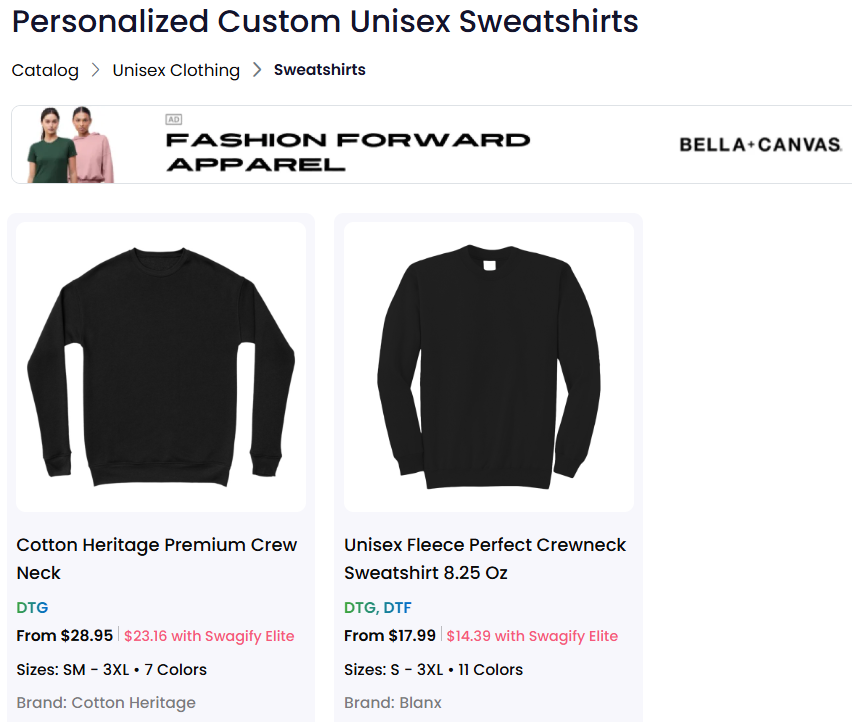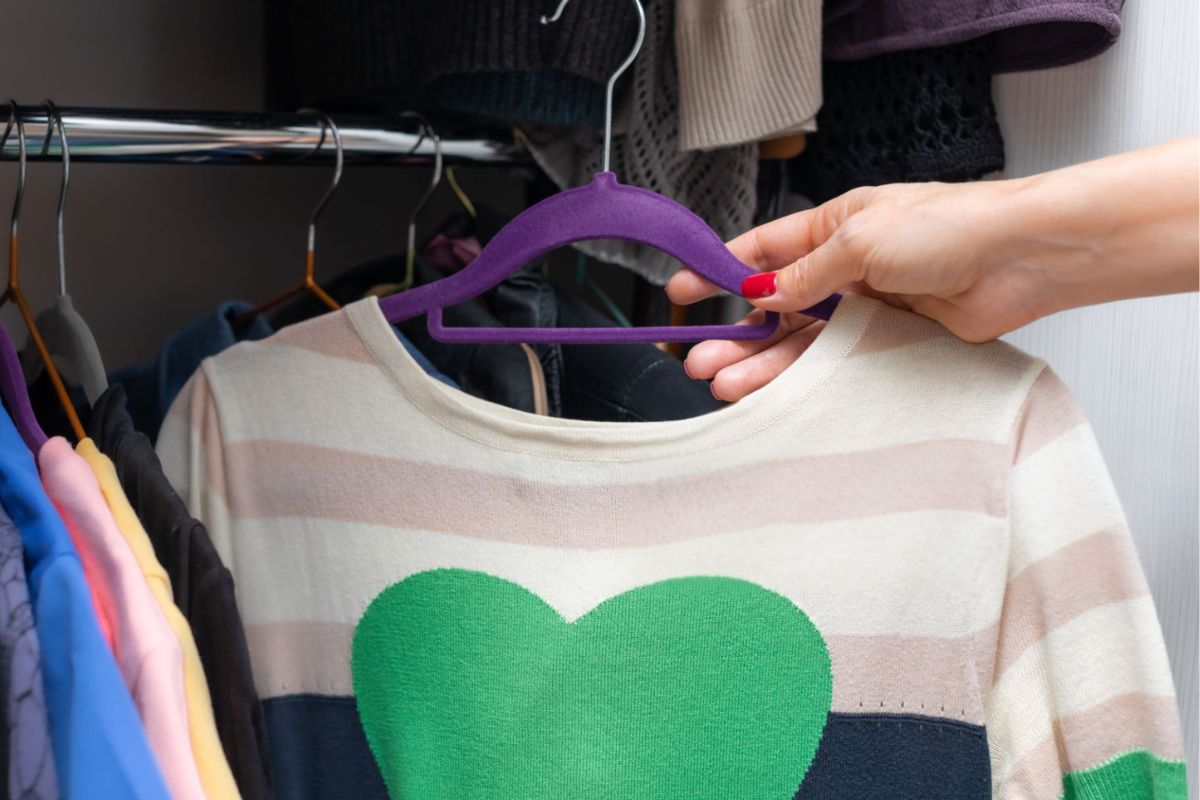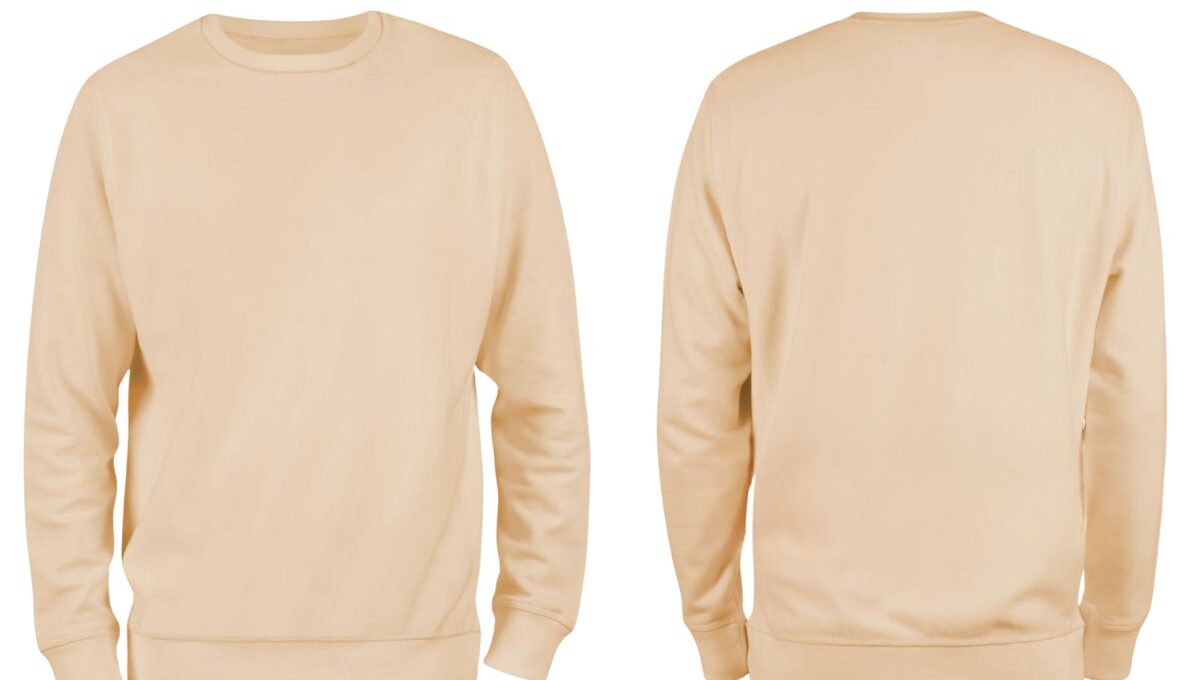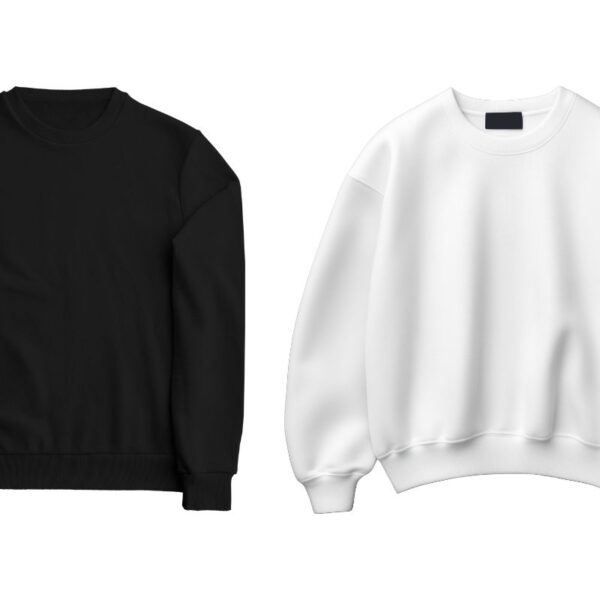Introduction
In the age of personalization and unique fashion statements, custom embroidered sweatshirts have become more than just cozy apparel—they’re a creative canvas. From streetwear-inspired logos to minimalist monograms, embroidery adds a touch of class and craftsmanship to casualwear. And thanks to Print-on-Demand (POD) services, creating and selling embroidered products online is now easier, more affordable, and incredibly scalable.
Table of Contents
What makes POD appealing? It removes the biggest hurdles of starting a clothing brand—no inventory, no upfront investment, and no need for warehousing or shipping logistics. All you need is a great idea, a design, and a platform.
In this guide, you’ll learn how to design, produce, and sell custom embroidered sweatshirts using print-on-demand providers. Whether you’re a designer, entrepreneur, or simply curious, this step-by-step tutorial will help you launch your own brand with ease.
1. Choosing the Right Sweatshirt & POD Provider
Why Fabric Quality is Crucial
Embroidery is an art of texture. The quality of your sweatshirt directly affects the quality of the embroidery. Ideal materials for embroidered sweatshirts are:
- 100% cotton: Soft, breathable, and provides a smooth surface for clean stitching.
- Cotton-polyester blends: Offer durability and help maintain the garment’s shape over time.
Also, fabric thickness and texture matter. Thicker materials support embroidery better, preventing puckering or sagging. Avoid stretchy or thin materials—they tend to distort embroidery and reduce longevity.
Choosing the Right POD Provider
Not all POD platforms are created equal—especially when it comes to embroidery. Some focus heavily on printed items, while others offer professional embroidery services with digitization support, thread color selection, and stitch precision.
When choosing a POD provider for embroidered sweatshirts, consider:
- Embroidery Options: Do they offer multi-color stitching, chest or back placement, and high thread count?
- Product Selection: Are premium sweatshirts or eco-friendly materials available?
- E-commerce Integrations: Can you connect the POD provider easily with your Shopify, WooCommerce, or Etsy store?
- Fulfillment Locations: Local fulfillment can reduce shipping time and cost.
- Digitization Support: Some platforms offer free or paid embroidery digitization (converting your design to stitches).
- Customer Service: Fast response and helpful support is vital when something goes wrong.
Popular POD platforms for embroidery include Printify, Printful, Gelato, and for sellers based in India, Qikink offers locally produced, high-quality embroidery services.
2. Designing Your Embroidered Sweatshirt

Best Practices for Embroidery Design
Embroidery isn’t like printing—you’re working with threads, not pixels. That means designs need to follow a few ground rules:
- Keep it simple: Fine details and gradients often don’t translate well to embroidery. Clean, bold lines and shapes are best.
- Use thick fonts: Thin scripts or serif fonts may lose clarity when stitched. Opt for bold sans-serif fonts or block letters.
- Mind your scale: Embroidered logos should ideally be between 2–4 inches wide for chest placement.
- Consider color contrast: Dark threads on light sweatshirts (or vice versa) ensure your design stands out.
Creating and Digitizing Your Design
Start your design using user-friendly tools like:
- Canva: Great for simple text-based logos or monogrammed designs.
- Adobe Illustrator: Ideal for professional-grade vector designs.
- Procreate: Great for hand-drawn illustrations if you’re using a tablet.
Once your artwork is ready, it must be digitized—converted into a stitch file. Some POD platforms handle this automatically, while others may charge a fee. If you prefer doing it yourself, software like Embird or Wilcom allows manual control over stitch types, density, and thread paths.
3. Uploading & Testing Your Design
| Step | Task | Description |
|---|---|---|
| 1 | Choose File Format | Use high-quality formats like PNG (transparent background), SVG, or JPG with at least 300 DPI. |
| 2 | Prepare Design for Embroidery | Simplify details, limit colors to 6 or fewer, avoid gradients, and ensure text is 0.3″ tall or larger. |
| 3 | Digitize the Design | Most POD platforms (like Printful) require digitization for embroidery, usually for a one-time fee. |
| 4 | Use Mockup Generator | Upload your design to a POD platform’s mockup tool to preview how it will look on the sweatshirt. |
| 5 | Adjust Placement | Make sure your design is centered, sized correctly, and within the platform’s recommended embroidery area. |
| 6 | Order a Sample | Before launching, order a sample to check thread quality, color accuracy, and placement. |
| 7 | Collect Feedback | Share your sample on social media or with friends to get real feedback before offering it to customers. |
Use Mockups to Preview Your Product
Before committing to a full launch, use mockup tools (offered by most POD providers) to preview how your design looks on various sweatshirt colors and sizes. You can:
- Adjust design placement (chest, sleeve, back).
- Swap thread colors to match fabric tones.
- Try different sweatshirt shades (black, grey, beige, etc).
These previews also serve as product photos for your online store, so make them count!
Always Order a Sample
Before you sell anything, order a sample of your embroidered sweatshirt. This lets you evaluate:
- Stitch quality: Are the lines clean? Is there fraying?
- Alignment: Is the design centered or crooked?
- Fabric feel: Is the sweatshirt as described?
Inspect the sample carefully. Look for puckering (fabric gathering under the stitch), misplaced elements, or inconsistent stitching. If something’s off, tweak your design or contact your POD provider before proceeding.
4. Setting Up Your Online Store

Pick the Right E-Commerce Platform
Launching your sweatshirt line means picking a platform where customers can discover and buy your products. The top contenders:
- Shopify: Offers full control, advanced tools, and seamless POD integrations. Ideal for serious business owners.
- Etsy: Best for handmade or custom items. Built-in customer base but more competition.
- WooCommerce: Great for WordPress users, highly customizable.
Each of these integrates directly with most POD providers, enabling automated order fulfillment, which means you never have to pack or ship a sweatshirt yourself.
Optimizing Your Product Listings
Don’t just upload a sweatshirt image and call it a day. To boost sales and SEO rankings:
- Use descriptive titles: E.g., “Custom Embroidered Monogram Sweatshirt – Minimalist Style”
- Highlight key features: Fabric type, embroidery details, sizing info.
- Upload lifestyle photos: Show the sweatshirt being worn in real-world settings.
- Write persuasive descriptions: Sell the experience and uniqueness of your brand.
- Set smart pricing: Factor in production, shipping, taxes, platform fees, and a profit margin (usually 30–50%).
5. Marketing & Selling Your Sweatshirts
| Strategy | Details |
|---|---|
| Build a Niche Brand Identity | Focus on a clear aesthetic (e.g., minimalist, vintage, humorous) to attract loyal buyers. |
| Leverage Social Media | Promote on platforms like Instagram, Pinterest, and TikTok using lifestyle shots, reels, and trends. |
| Use Influencer Marketing | Partner with micro or niche influencers who resonate with your brand’s audience. |
| Offer Customization Options | Allow customers to personalize sweatshirts with names, initials, or colors. |
| Seasonal Campaigns | Launch collections or promos during holidays, back-to-school, or winter seasons. |
| Create Limited Edition Drops | Introduce time-sensitive or exclusive designs to drive urgency and demand. |
| Optimize Product Listings | Use high-quality images, mockups, and SEO-friendly descriptions. |
| Run Email Campaigns | Collect emails and send newsletters, product launches, and discount codes. |
| Utilize Etsy or Shopify | Sell through platforms known for custom and handmade goods, integrated with POD fulfillment. |
| Collect Customer Reviews | Encourage satisfied buyers to leave reviews and share photos wearing your products. |
Social Media: Your Best Friend
Instagram, Pinterest, and TikTok are ideal for fashion and lifestyle branding. Share:
- Behind-the-scenes design posts
- Mockup previews
- Customer photos and reviews
- Reels showing embroidery close-ups
Use relevant hashtags like #EmbroideredSweatshirts, #StreetwearStyle, or #CustomFashion to reach your niche.
Influencer & Micro-Influencer Partnerships
Even with a tight budget, partnering with micro-influencers (1K–50K followers) can drive targeted traffic. Offer free products or affiliate commissions in exchange for shoutouts and reviews.
Target a Niche
Don’t try to appeal to everyone. Instead, cater to a focused group:
- Pet lovers: Personalized pet name sweatshirts
- Couples: Matching embroidered hoodies
- Streetwear fans: Trendy minimalist logos
- Corporate teams: Custom embroidered merch
The more specific your niche, the easier it is to stand out.
Running Paid Ads
Use Facebook and Instagram ads to retarget visitors and boost awareness. Google Ads also work well when you target keywords like:
- “custom embroidered sweatshirts”
- “personalized sweatshirts online”
- “embroidered hoodies USA”
6. Tips for Long-Term Success

Launching your store is just the beginning. For sustainable growth:
Keep Optimizing Designs
Regularly update your offerings based on customer feedback. Try new colors, placements, or embroidery styles.
Release Seasonal Collections
Holidays like Valentine’s Day, Christmas, Diwali, and Graduation Season are perfect opportunities to launch themed collections.
Expand Your Product Range
Once you find success with sweatshirts, consider adding:
- Embroidered hoodies
- Tote bags
- Caps and beanies
- Polo shirts
Diversifying keeps your store fresh and builds customer loyalty.
Focus on Customer Experience
Offer easy returns, fast support, and tracking updates. Encourage customers to leave reviews and post photos for social proof.
Final Thoughts
Selling custom embroidered sweatshirts using Print-on-Demand is not only creative—it’s practical and scalable. You don’t need a warehouse, sewing machine, or a massive budget. All you need is a strong design, the right platform, and a clear target audience.
Start small. Test different ideas. Learn from feedback. Over time, your brand can grow into a successful online store with loyal customers and consistent income.
Ready to start your journey? Pick a POD provider, craft your first design, and launch your embroidered sweatshirt line today. The world is your runway.




Sign up